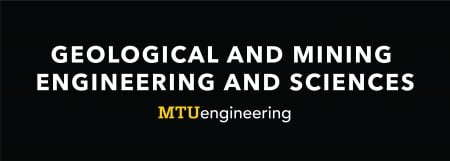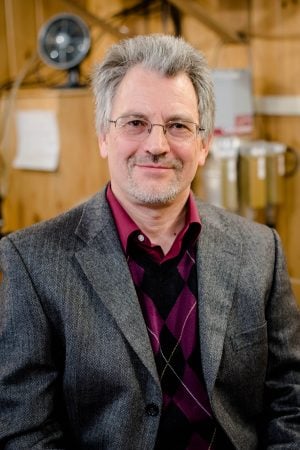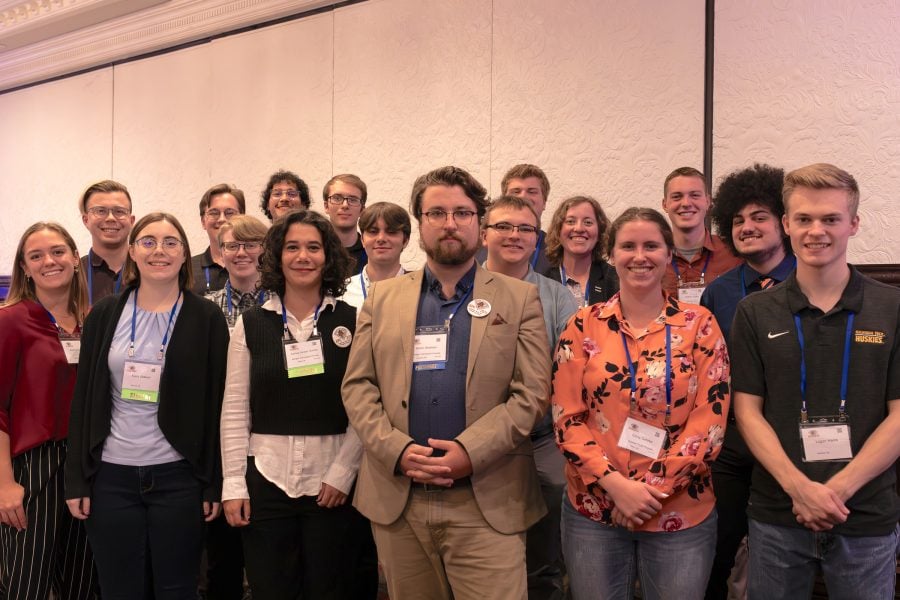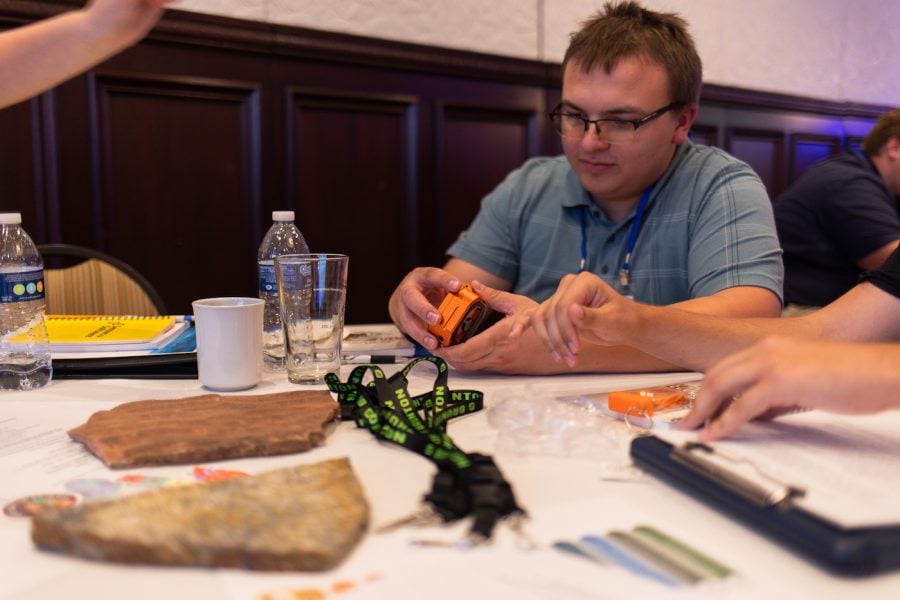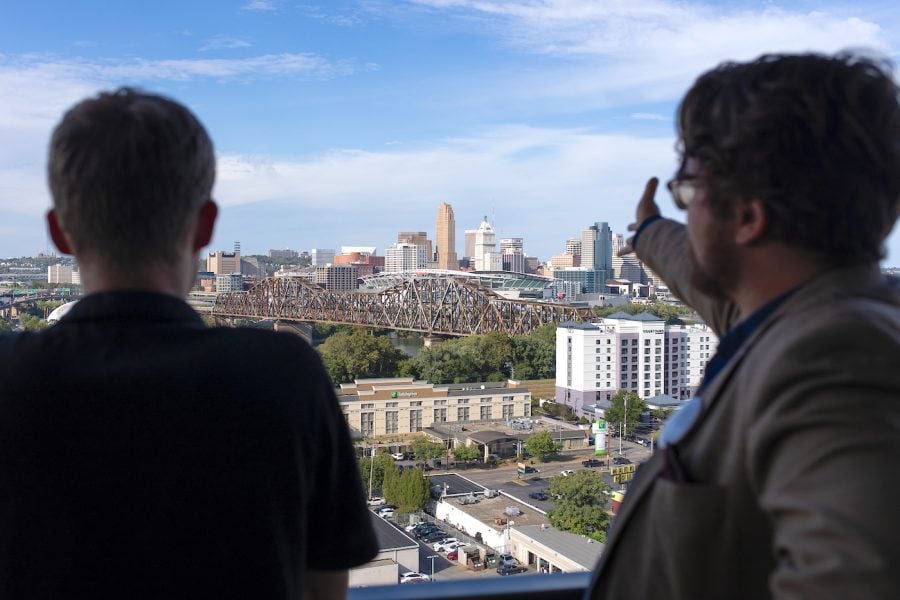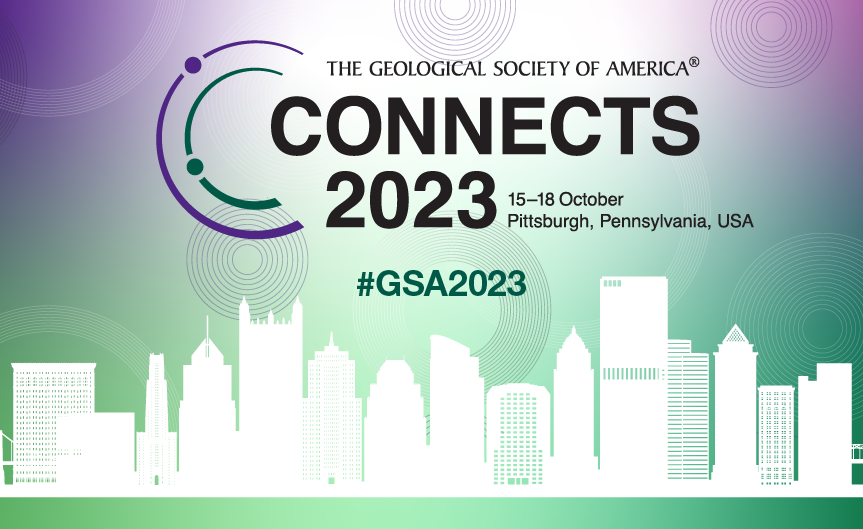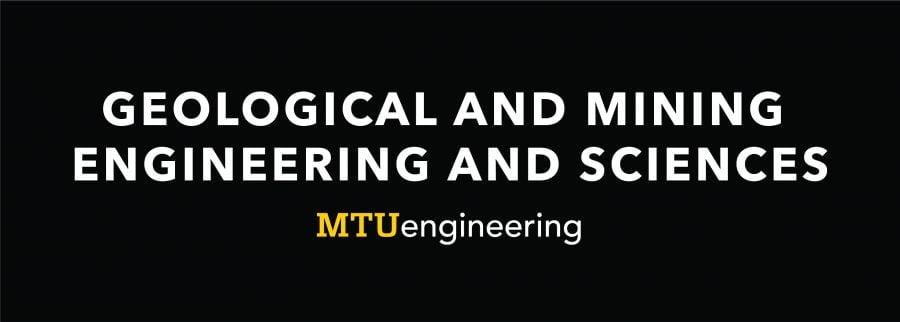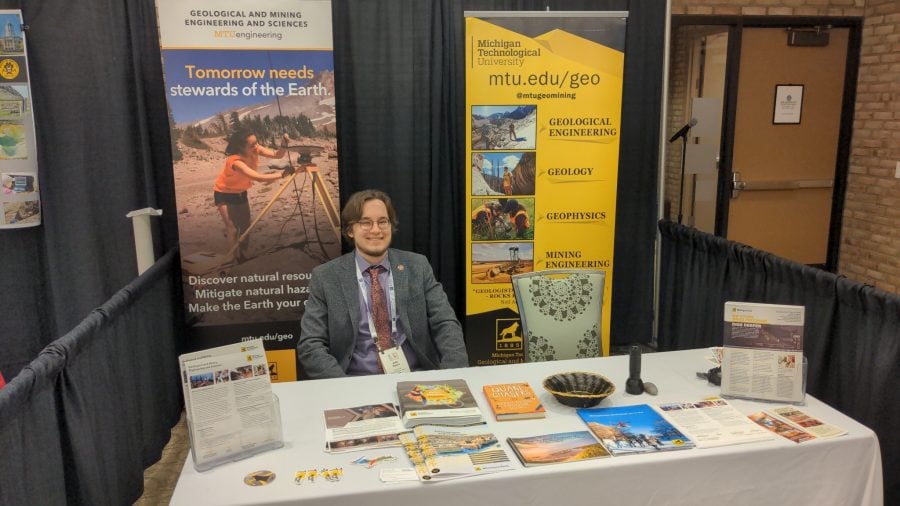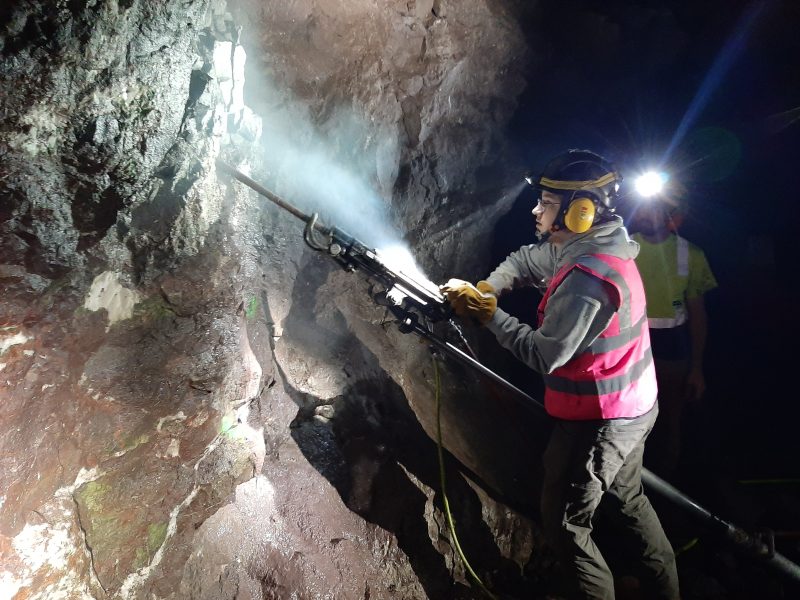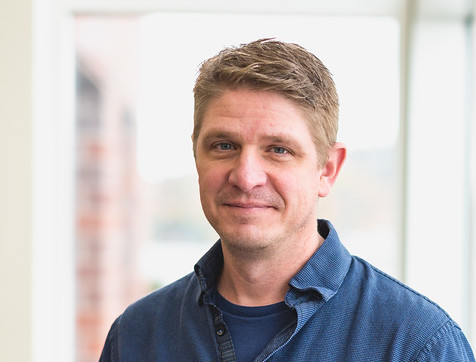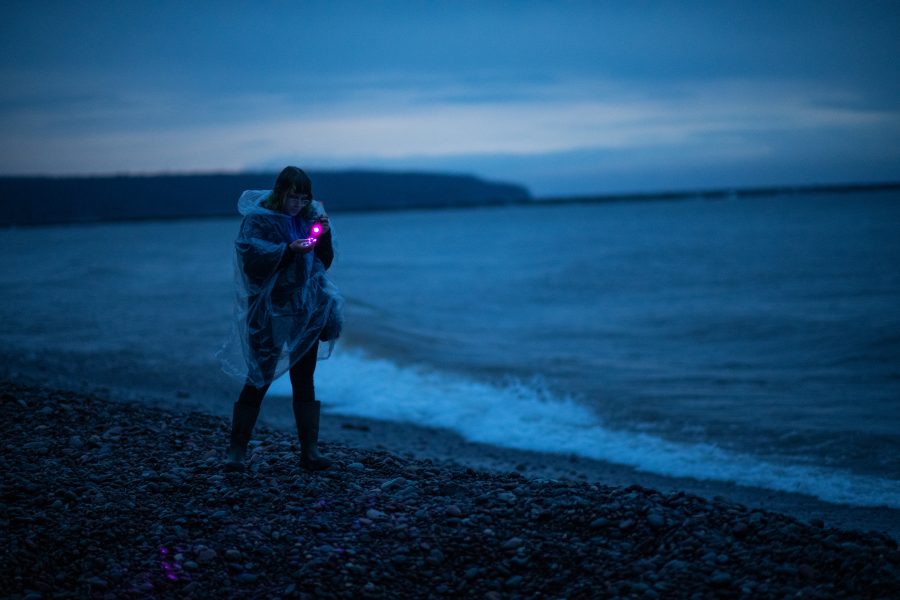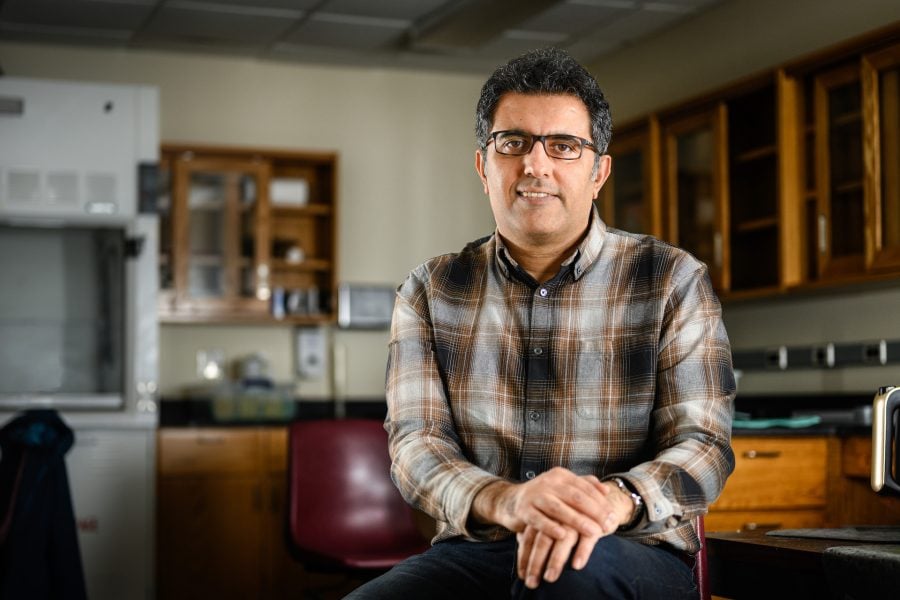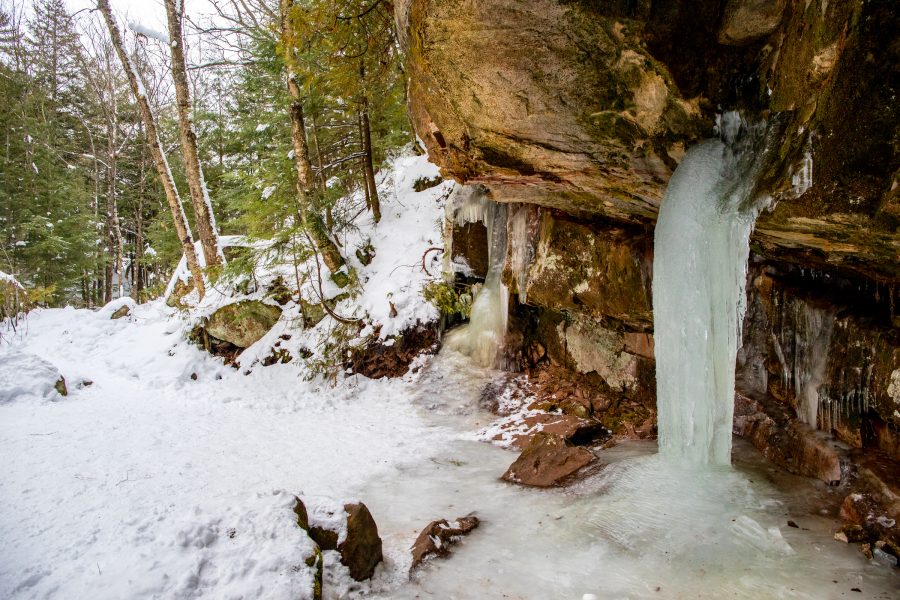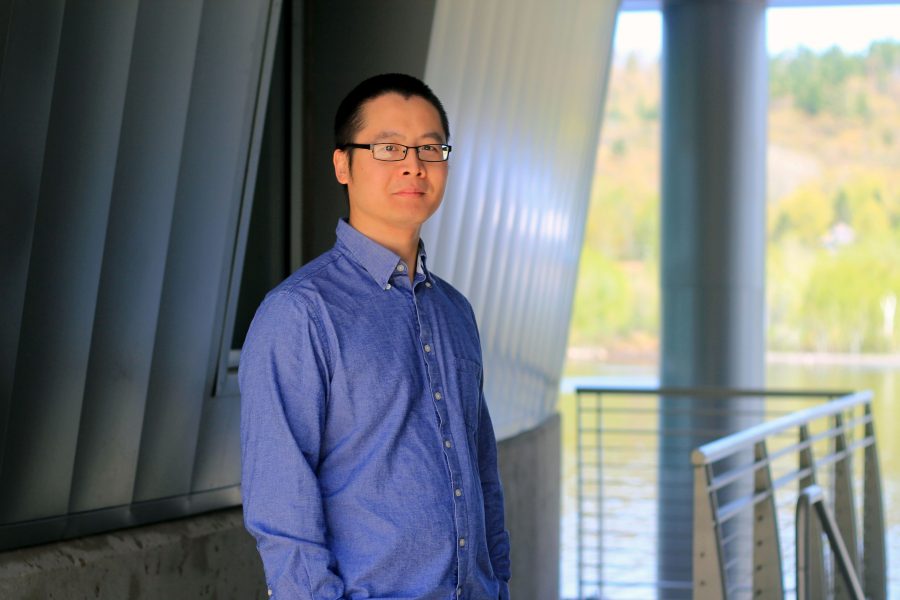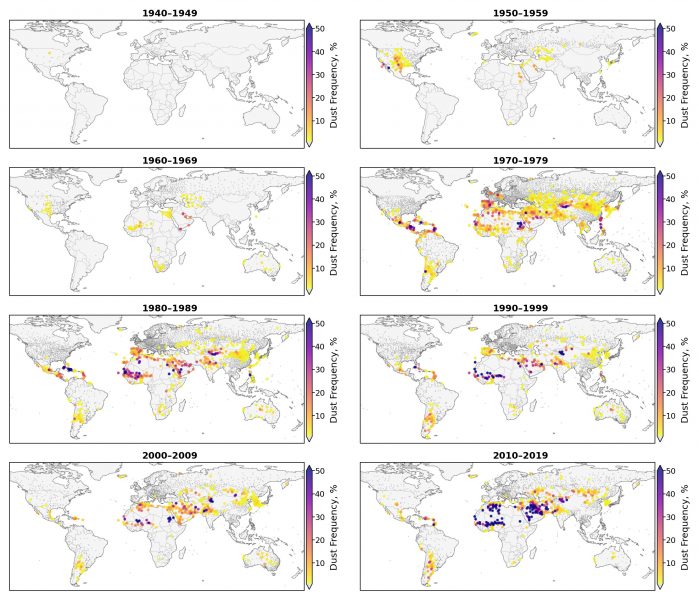
The AggCelerate student team from the Department of Geological and Mining Engineering and Sciences (GMES) has advanced to the top six nationally in Phase 2 of the Society for Mining, Metallurgy, and Exploration (SME)/National Stone, Sand, and Gravel Association (NSSGA) Student Design Competition. The annual competition is a grueling two-phase, team-based, problem-solving activity involving a technical design and an oral presentation.
Under the guidance of Dr. Nathan Manser, Professor of Practice at GMES, the team has demonstrated exceptional skill and knowledge in their field.
The team members, listed in alphabetical order, are:
- Cassie Burch (Junior, Geological Engineering)
- Aiden Harmon (Junior, Mining Engineering)
- Lucas Maxon (Sophomore, Mining Engineering)
- Ian Repic (Senior, Mining Engineering)
- Nathan Seidel (Senior, Mining Engineering)
- Grady Williams (Junior, Mining Engineering)
During Spring break, the team will participate in the second phase during the 2024 SME Annual Conference and Expo. Michigan Tech will be competing against runner-up teams from the University of Kentucky, Virginia Tech, University of Arizona, West Virginia University, and Missouri University of Science and Technology.
In the second phase of the competition, students have one weekend to solve a design problem and present their findings to a panel of judges. The competition is designed to simulate an engineering project prepared by an engineering group for a company. Past problems have highlighted the challenges of mine planning, plant design, reserve modeling and feasibility analysis.
This year’s sponsors of the SME/NSSGA Student Design Competition are:
- Executive sponsor: Glacier Resource Estimation Group/Costmine
- Title sponsors: Granite Construction, National Stone, Sand & Gravel Association (NSSGA) and Luck Stone
- Supporting sponsors: New Enterprise Stone & Lime Co. Inc. and Carter Machinery
